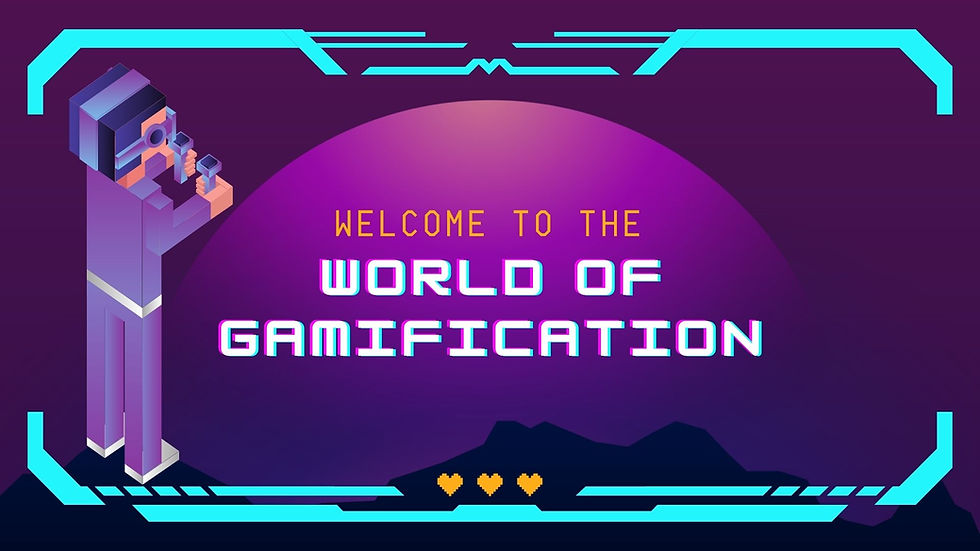
Hello, there! You have landed on a blog that will show you how to boost your elearning content with gamification and instructional design (ID). You will discover how to create awesome learner personas that will make corporate learning more fun and effective for your employees.
What is gamification? It is adding game elements like points, badges, levels, etc to non-game contexts like elearning. It makes learning more enjoyable, interactive, and rewarding.
What is instructional design (ID)? It is planning, developing, implementing, and evaluating learning experiences based on sound principles and theories. It makes learning more relevant, meaningful, and effective.
What are learner personas? They are fictional characters that represent your target employees. They help you understand your employees better and design learning experiences that suit them. They include information like their backgrounds, preferences, motivations, challenges, and goals.
In this blog, we will show you how to combine gamification and instructional design to create gamified learner personas.
Are you excited to learn more? Let’s dive in!
Quest 1: The Foundations of Gamification in eLearning
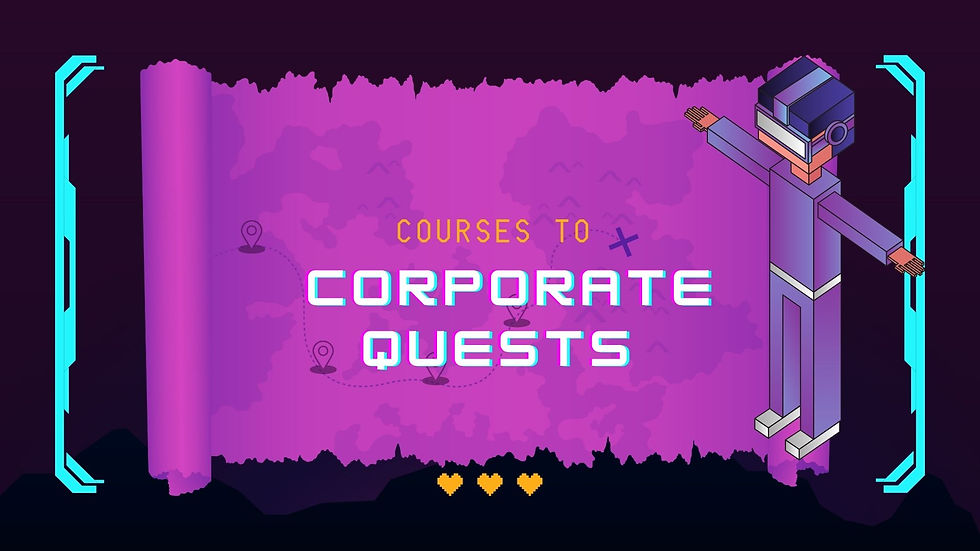
Gamification is a relatively new concept in elearning. It emerged from the popularity and recognition of digital games and their potential to enhance learning, business, health, and entertainment. It is the application of game elements and mechanics in non-game contexts like elearning.
Game elements are the parts that make up a game, such as points, badges, levels, etc. Game mechanics are the rules and systems that make a game work, such as goals, rewards, competition, cooperation, etc.
It aims to increase users’ engagement, motivation, and performance by tapping into the psychological and emotional aspects of human nature. It makes elearning more fun, interactive, and meaningful by giving employees:
Autonomy: Lets employees choose their own path, pace, and level with options, scenarios, and outcomes.
Competence: Gives employees clear goals, feedback, and rewards with tasks, responses, and incentives.
Relatedness: Makes employees interact and collaborate with others with social features, leaderboards, teams, or mentors.
Purpose: Connects employees’ motivations and goals with contexts, stories, or missions.
It requires careful planning and implementation based on context, objectives, content, and audience. A key factor for success is understanding employees’ needs, preferences, and expectations.
This is where instructional design comes in. It is the systematic process of creating, selecting, and organising corporate learning content and activities to reach specific learning objectives.
Quest 2: Unpacking Instructional Design
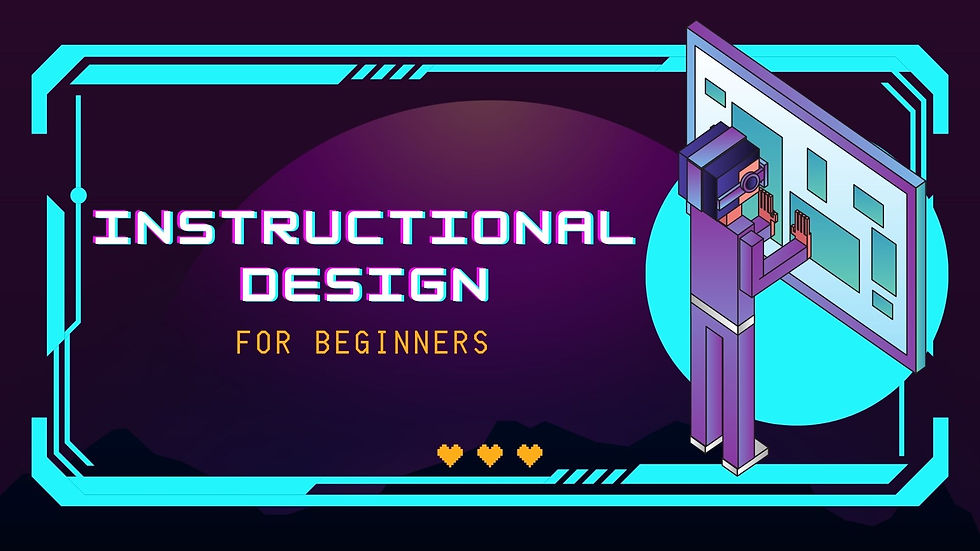
Instructional design is the process of creating effective and engaging learning experiences based on sound principles and theories. It is a key part of elearning development that ensures the quality and outcomes of elearning courses.
It helps you create learner personas, which are fictional characters that represent your target employees. They include information like their backgrounds, preferences, motivations, challenges, and goals.
It helps you create learner personas by:
Data collection and analysis: You can use various tools and methods to gather and interpret data about your employees from different sources, such as questionnaires, focus groups, analytics, etc.
Learning objective definition and alignment: You can use the SMART criteria to set specific, measurable, achievable, relevant, and time-bound objectives that match your employees’ needs and expectations and create relevant and meaningful learning experiences.
Content and media element selection and design: You can use the ADDIE model to analyse, design, develop, implement, and evaluate your content and media elements based on the preferences and behaviours of your learner personas. These elements include text, images, audio, video, etc.
Assessment method selection and implementation: You can use the Kirkpatrick model to evaluate your assessment methods at four levels: reaction, learning, behaviour, and results. These methods measure the progress and mastery of your learner personas based on their challenges and outcomes.
Instructional design is a dynamic, iterative, creative, and collaborative process that involves many people, like experts, designers, developers, employees, etc. It needs constant revision and refinement based on feedback and results.
Quest 3: Why Merge eLearning Gamification with Instructional Design?
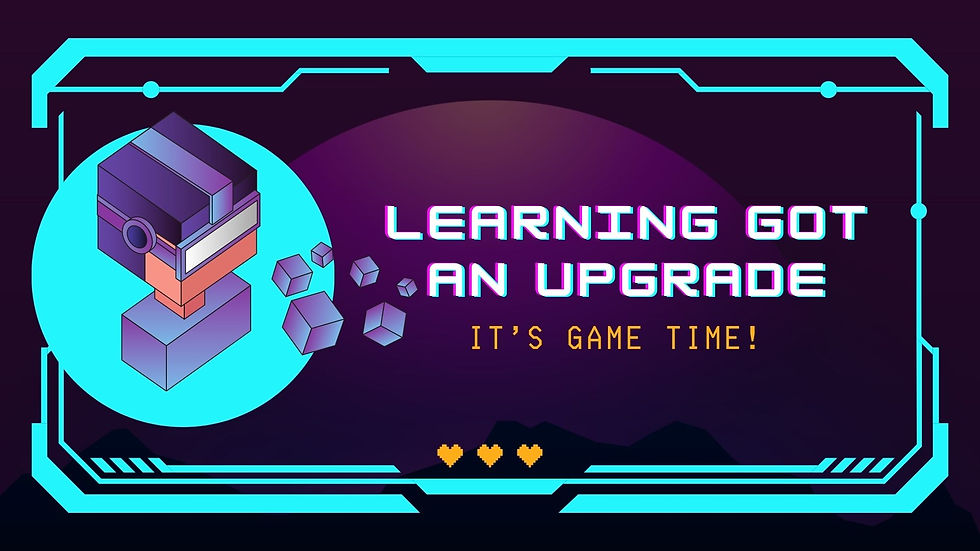
Gamification and instructional design are two powerful strategies that can enhance elearning content and make them more effective and engaging for employees. start by identifying the learning objectives and desired outcomes of the course.
Next, incorporate game elements such as points, badges, and leaderboards into the design, while also considering the cognitive and emotional aspects of learning. Finally, test and iterate the design to ensure that it is both engaging and effective in achieving the desired learning outcomes.
By merging these two, you can create gamified learner personas that will help you design learning experiences that are tailored to your employees’ needs, preferences, and expectations.
They complement each other in many ways. Here are some of the benefits of blending these two for optimal learning outcomes:
Interactivity & Motivation for Engaging Employees: Gamified elements add interactivity and motivation, while instructional design ensures relevance and structure, making eLearning content engaging and effective.
Personas Unlock Personalized Learning: By understanding employee personas, you can tailor content, media, assessment, and feedback to meet individual needs, resulting in higher engagement and better performance.
Adaptive Learning for Better Retention: Combining these two allows adaptive, personalised learning experiences that cater to different learning styles, improving retention rates and employee satisfaction.
Data-Driven Insights for Improvement: Gamified elements and ID provide valuable data on employee progress and performance, enabling you to refine your eLearning content and maximise their impact.
Fun and Effective Learning: By leveraging game mechanics and ID principles, eLearning becomes enjoyable and engaging, fostering a positive attitude towards learning and driving business results.
Quest 4: Step-by-Step: Crafting Gamified Learner Personas
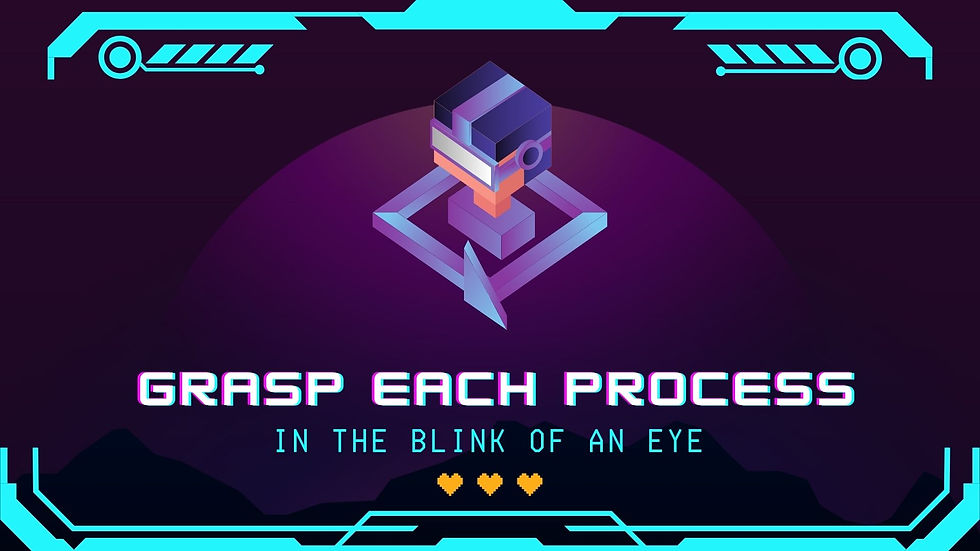
Let's see how you can create gamified learner personas that will help you design awesome elearning content for your employees. Here are the steps you need to follow:
Step 1: Understanding the Employee’s Motivations and Preferences
The first step is to understand what motivates and drives your employees to learn and perform. Use various tools and methods to collect and analyse data about your employees.
Use game dynamics to categorise your employees based on their motivations and preferences. For example, Use the Bartle taxonomy of player types or the Octalysis framework to analyse your employees’ behaviour.
Based on the data and analysis, you can create learner personas that reflect your employees’ motivations and preferences. Give them names, photos, backgrounds, personalities, etc. You can also assign them game dynamics attributes.
This step will help you to:
Know your employees better and empathise with them
Design elearning content that match their needs and expectations
Create game elements and mechanics that appeal to their emotions and desires
Step 2: Mapping the employee’s Journey
The second step is to map out the employee’s journey from start to finish. Use game-like stages to structure your elearning course into different levels or modules that represent the progression and difficulty of the learning experience.
Use game-like elements to create a narrative or a story that connects the stages and gives them a context and a purpose.
Based on the learner personas and the learning objectives, you can define the stages of the employee's journey. Give them names, descriptions, goals, outcomes, etc.
This step will help you to:
Organise your content and media in a logical and coherent way
Create elearning content that are engaging and immersive
Provide a sense of direction and achievement for your employees
Step 3: Incorporating Game Mechanics to Drive Engagement.
The third step is to incorporate game mechanics that will drive engagement and motivation throughout the employee’s journey. By employing various game mechanics such as challenges, rewards, feedback loops, competition, and cooperation, craft an immersive learning experience tailored to your employee’s inclinations.
Based on the personas and the stages of the employee’s journey, select and design game mechanics that will suit them. You can use points, badges, levels, leaderboards, achievements, quests, etc. to create a sense of accomplishment and progression.
Introduce scenarios, choices, outcomes, etc. to create a sense of autonomy and empowerment. Use social features, teams, mentors, etc. to create a sense of relatedness and collaboration.
This step will help you to:
Make elearning content more fun and interactive
Increase employee engagement and motivation
Enhance employee performance and satisfaction
Step 4: Utilising Instructional Design Principles
The fourth step is to utilise its principles to structure the persona’s learning path within each stage of the employee’s journey. Use various models and frameworks to guide your content and media selection and design based on the personas. Utilise models like ADDIE or SAM.
Adapt various strategies and techniques to enhance your content and media delivery and presentation based on each stage. Adapt strategies such as scenario-based learning, problem-solving exercises, storytelling, and interactive simulations to enhance content delivery and engagement at each stage.
This step will help you to:
Make elearning content more relevant and meaningful
Increase employee learning efficiency and effectiveness
Improve employee retention and transfer
Step 5: Iterating and Testing
The fifth step is to iterate and test your gamified learner personas and elearning content like beta-testing a game. Use various tools and methods to collect and analyse data and feedback.
Try various models to evaluate your gamified learner personas and elearning content. Use various techniques and approaches to revise and refine your gamified personas and elearning content.
Utilise surveys, learning analytics, and user testing to gather feedback and insights. Apply Kirkpatrick's Model, A/B testing, for evaluation and refinement, ensuring a responsive and impactful e-learning experience.
This step will help you to:
Make elearning content more responsive and adaptive
Increase employee feedback and involvement
Improve elearning quality and outcomes
By following these steps, you can create gamified learner personas that will help you design awesome elearning content for your employees.
Quest 5: Power Up! Success Stories of Gamified Personas in Action
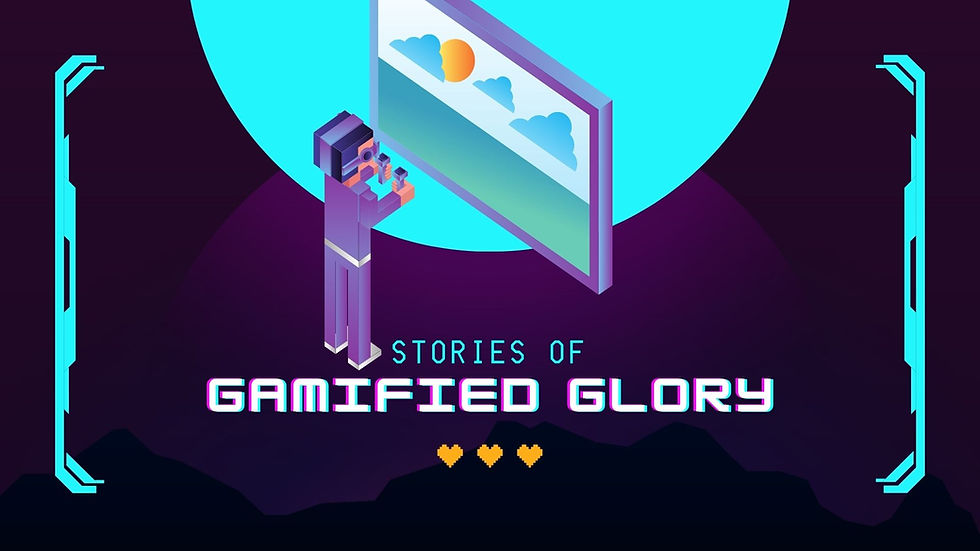
From online learning platforms to fitness apps, gamified elements have proven to be a powerful tool in enhancing user engagement and motivation. Let's see a few examples of successful gamified personas that have made a significant impact in their respective fields.
Coursera
Coursera is an online learning platform that partners with top universities and organisations to offer courses on various topics. The platform utilises gamified elements such as certificates, specialisations, and mastertrack certificates to motivate learners to complete courses and pursue higher levels of learning.
Foldit
Foldit is a crowd-sourced protein folding game developed by the University of Washington. The game allows players to contribute to scientific research by solving puzzles related to protein structure prediction.
Players can earn points, badges, and recognition for their contributions, which has led to a highly engaged community of players who are motivated to learn and contribute to scientific advancements.
EDX
EDX, a massive open online course (MOOC) platform founded by Harvard and MIT, offers a range of free online courses from top universities worldwide. To keep learners engaged, EDX uses gamified elements such as points, badges, and certificates upon completion of courses.
Learners can also join discussion forums, participate in group projects, and compete with peers to further enhance their learning experience.
Nike+ Run Club
Nike+ Run Club is a mobile app that combines gamified elements and social influence to encourage runners to achieve their fitness goals. Runners can join virtual running clubs, compete with friends, and earn rewards such as trophies and medals for completing runs and achieving milestones.
The app also provides personalised coaching and training plans based on each runner's progress and goals, making it a comprehensive tool for runners looking to stay motivated and engaged in their training regimen.
Quest 6: Common Mistakes and How to Avoid Them
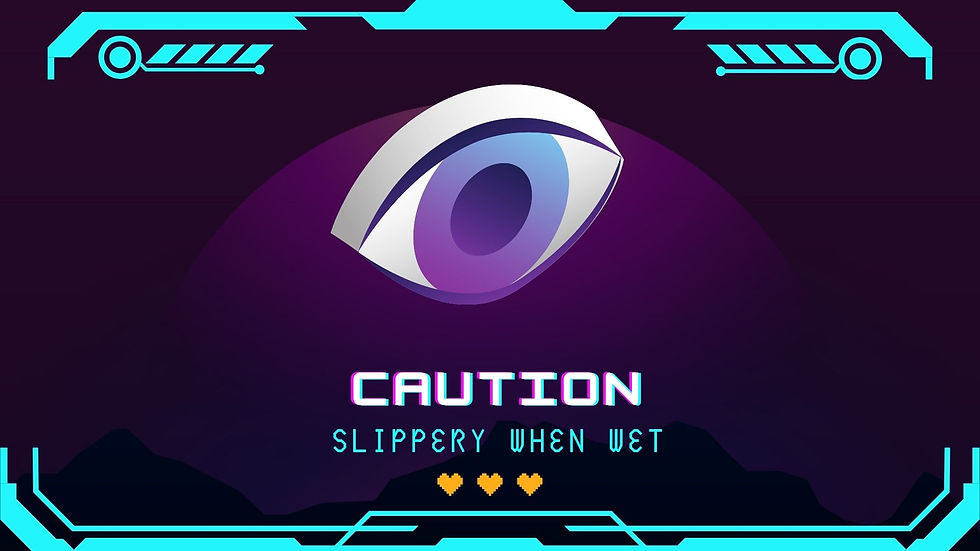
Creating gamified learner personas can be fun and rewarding, but also challenging. Here are some common challenges and suggestions on how to overcome them:
Challenge 1: Balancing Gamification and Instructional Design
How to Avoid It?
Integrate game elements into your ID thoughtfully, ensuring they complement rather than overshadow the learning objectives. Use game mechanics that align with your employee's preferences and behaviours, and don't forget to include opportunities for reflection and feedback.
Challenge 2: Crafting Realistic and Relatable Learner Personas
How to Avoid It?
Base your personas on actual data and insights from your employees. Conduct surveys, interviews, or focus groups to gather information about their interests, motivations, and pain points. Use this information to create rich, nuanced personas that resonate with your team members.
Challenge 3: Maintaining a Clear and Consistent Employee Journey
How to Avoid It?
Map out the employee's journey in advance, identifying key touchpoints and milestones. Ensure that each step logically follows the previous one, and that the entire journey supports the overall learning objective. Use storyboarding techniques to visualise the journey and catch any inconsistencies.
Challenge 4: Testing and Iterating the Gamified Personas
How to Avoid It?
Test your gamified personas with a small group of employees before rolling them out organisation-wide. Collect data on their effectiveness and use it to refine the personas and improve their impact. Continuously monitor and evaluate the personas to ensure they remain relevant and engaging.
Challenge 5: Aligning Gamified Personas with Organisational Goals
How to Avoid It?
Consider how your gamified personas support your organisation's broader mission and vision. Ensure that the personas and their associated games or activities align with your company's strategic objectives. Regularly review and adjust your gamified personas to maintain alignment with shifting organisational priorities.
Quest 7: What’s Next for Gamification and Instructional Design?
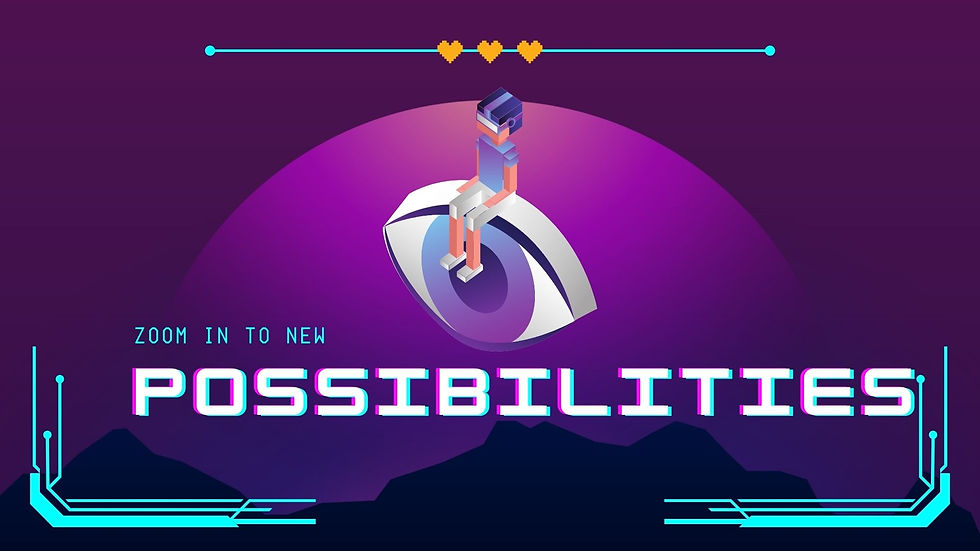
Gamification and instructional design are constantly evolving, and several trends are expected to shape their future. Here are some key ones to watch:
Game Over: Wrapping Up
And there you have it – your guide to the awesome world of gamified learner personas and instructional design.
Think of gamification as adding game elements to learning, making it exciting and interactive. Combine that with ID, which helps you craft lessons that really hit home.
But yes, there might be a few bumps in the road. Balancing these two can be a challenge. But don't worry – we've given you the tools to navigate it smoothly.
So, what's your next move? Take what you've learned and start creating your own amazing elearning experiences. And if you need a hand, remember our 'gamification and instructional design' solutions are here to support you.
Get ready to level up your learning – your next step begins now!

Comments